15th August is our Independence Day. But, this year, that important day was also the 151st birth anniversary of Sri Aurobindo Ghosh (1872-1950), who returned to India from England and thence to Baroda on the invitation of Maharaja Sayajirao III. The Maharaja, on one of his visits to London, had quietly attended an underground meeting of young Indians who were working for the freedom struggle movement while they continued with their studies or whatever they were doing in England. He was very impressed with young Aurobindo, and invited him with a job in Baroda state. (Another example of Sayajirao’s intuitive ability to spot out-of-the-ordinary talent. Much later in life, Sri Aurobindo, I read somewhere, was nominated for the Nobel Prize in Literature and later, the Nobel for Peace.)
It is interesting to find out how Aurobindo came to be part of this group of Indian ‘revolutionaries’. His father, the senior Mr. Ghosh, a wealthy surgeon and more English than the English, did not want his boys to be influenced by India and Indian culture in any way. So he bundled Aurobindo and his two older brothers to England when they were hardly seven, to be brought up as Englishmen, and prepare for a career in the prestigious Indian Civil Service.
As he grew up as a teenager in Manchester and later at Kings College, Cambridge, young Aurobindo realized that he was not interested in the ICS, administration being the least of his passions. He wanted to write poetry, read books, think. Rumour has it that though he was amongst the toppers in the written ICS examinations, he deliberately reached late for the horse-riding exam and was disqualified. In the meanwhile, he was also getting a bit fed up with the English way of life, turning his attention to the nationalist movement for freedom that was slowly catching speed in India. He wanted to understand more about it and decide if he wanted to get involved. That’s why he was at these underground meetings.
When the offer from Baroda came, he was happy to take it. So, in 1893, at the age of 21, he set sail for India, reaching Baroda where he was first employed in the revenue and other administration departments of the State as well as assisting the Maharaja with his speeches (Sri Aurobindo was fluent in English and French, with good knowledge of Latin). He was then appointed Vice-Principal of the Baroda College, where he taught English and French, a position he held till he left Baroda in 1906.
Arvind Niwas, Dandia Bazaar
During his stay in Baroda, his home was a rented double-storeyed bungalow with a large garden in the front extending to the main Dandia Bazaar road, and an equally sumptuous backyard. This bungalow, now called Arvind Niwas, is a National Monument, and in 1971 was handed over to the Aurobindo Society, Baroda, for its maintenance and upkeep. The building houses the Society’s offices, a library and reading room, an extensive exhibition on the life of Sri Aurobindo, a well-stocked shop, and the top floor has several meditation halls. In the backyard is a modest guest house for Aurobindo followers who might be visiting from out-of-town. In the middle of the hustle and bustle of our small town, this is a quiet, peaceful green oasis.
The unfortunate part is not many Barodians are aware of this great soul who once lived here even though they may have passed by Arvind Niwas any number of times. I didn’t know myself.
The English Department building where Sri Aurobindo supposedly had his room. When we were students, there were no grills and this verandah was a much preferred squatting space during free time!
What I would like to highlight here is when I was a student at the English department at the M S University, nobody told us about Sri Aurobindo who taught at the department. What’s more, his room was supposed to be in the modest but elegant old building on whose long verandah, my classmates and I must have spent hours, discussing our presentations, whiling away free time between classes, gossiping about films, laughing and having endless cups of tea – that room did not have even a cardboard sign indicating who occupied that little room 70 years back. On the other hand, even when Sri Aurobindo was against the British during the freedom struggle, still that country acknowledged the fact that a great philosopher-author-yogi lived in England by honouring him with the English Heritage Blue Plaque, that celebrates the relationship between a place and the exceptional person who lived there.
Basement of 49 St Stephen’s Avenue, where Sri Aurobindo resided.
It was when, as a Masters student, I was representing my University at the Commonwealth Indian Writing in English Conference in 1978, that I found so many papers being presented on the writings of Sri Aurobindo, an Indian author who wrote in English who I had not even heard about. My current founder-trustee at Bhasha Research and Publication Centre, Dr Ganesh Devy (very dapper and in his twenties then) was also there as an observer-participant, probably teaching somewhere, perhaps working on his PhD (incidentally on Sri Aurobindo!). Of course, I had no idea who this young man was then as he had every presenter’s back up because he asked questions mercilessly and those with Aurobindo as the subject had a really bad time! At the Conference, I became friends with another student from the University of Hyderabad, Sachidananda Mohanty (the last I heard from him, he was Vice Chancellor, Central University of Orissa). His parents were staunch Aurobindo followers and he had grown up in Auroville. His presentation was but naturally on Sri Aurobindo. When he told me how lucky I was to be in a town where Sri Aurobindo spent a dozen years, I had really no idea what he was talking about and told him as much. He looked at me incredulously for a minute and then changed the subject. I could’ve kicked myself.
So the first thing I did on coming back from this Conference was to try and find out who Sri Aurobindo was, especially with reference to my small town. Then I remembered that C C Mehta, when I last met him, had mentioned that he was re-reading Aurobindo’s ‘Savitri’ as he was scheduled to talk about it somewhere. He told me to go to Arvind Niwas, which was very helpful. Honestly speaking, Aurobindo’s poems did not appeal to me too much with their highly stylized language, neither was I overly inclined towards tenets of spirituality and philosophy. I needed to find another facet to Sri Aurobindo that I could relate to. And that I did.
The 13 Baroda years matured his political thinking and commitment to the freedom struggle. He met with a number of senior leaders, including Lokmanya Tilak, Bipin Chandra Pal and Sister Nivedita as well as young freedom fighters. It is believed that the younger group often met at the old Kashi Viswanath temple on present Jetalpur Road (at that time, this must have been the outskirts of Baroda). These activities were surreptitiously supported by Sayajirao III. But when a strong rumour was afloat that could blow their cover, the Maharaja made arrangements for them to meet on an island on the Narmada (this is all hearsay, I don’t think it is recorded anywhere). After he left Baroda, Aurobindo’s nationalist activities continued until he finally took refuge in Pondicherry, a French colony, and was thus able to shake the British off his back.
But along with the strengthening of his nationalist convictions, Baroda was also instrumental in awakening the spiritual yogi in Aurobindo. As I was walking around the Niwas’ first floor, I came across an ornate flat bed laid out on the floor with much care. On inquiry I found that it was the jhoola, a swing, on which Sri Aurobindo was sitting at the home of his spiritual guide, Vishnu Bhaskar Lele, in the Muzumdar Wada when he had his first and major spiritual experience. Muzumdar Wada rang a loud bell as our home when my parents first came to Baroda was right opposite. I tried to cajole my ‘guide’ into walking with me to the crumbling Wada, but he refused. He said there was no point as part of the Wada that housed the Lele home, had collapsed many years back because it sort of rose as a standalone couple of rooms from the roof without much support from any side.
I remembered these rooms on top of the Wada roof very well. I had been there a number of times as somebody my mother knew lived there, a thin widow by the name of Mrs. Pawar, who was an excellent cook. Her daughters and sons lived with her in those shabby but clean two rooms. The daughters would take my sister and me to their home and play with us. The girls were talented and hard-working like their mother and very good at drawing and embroidery. But the boys let her down, turning into small-time goons coming to early, tragic ends.
Same vastu, but how differently it worked!

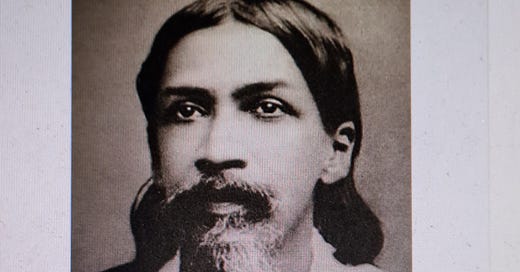



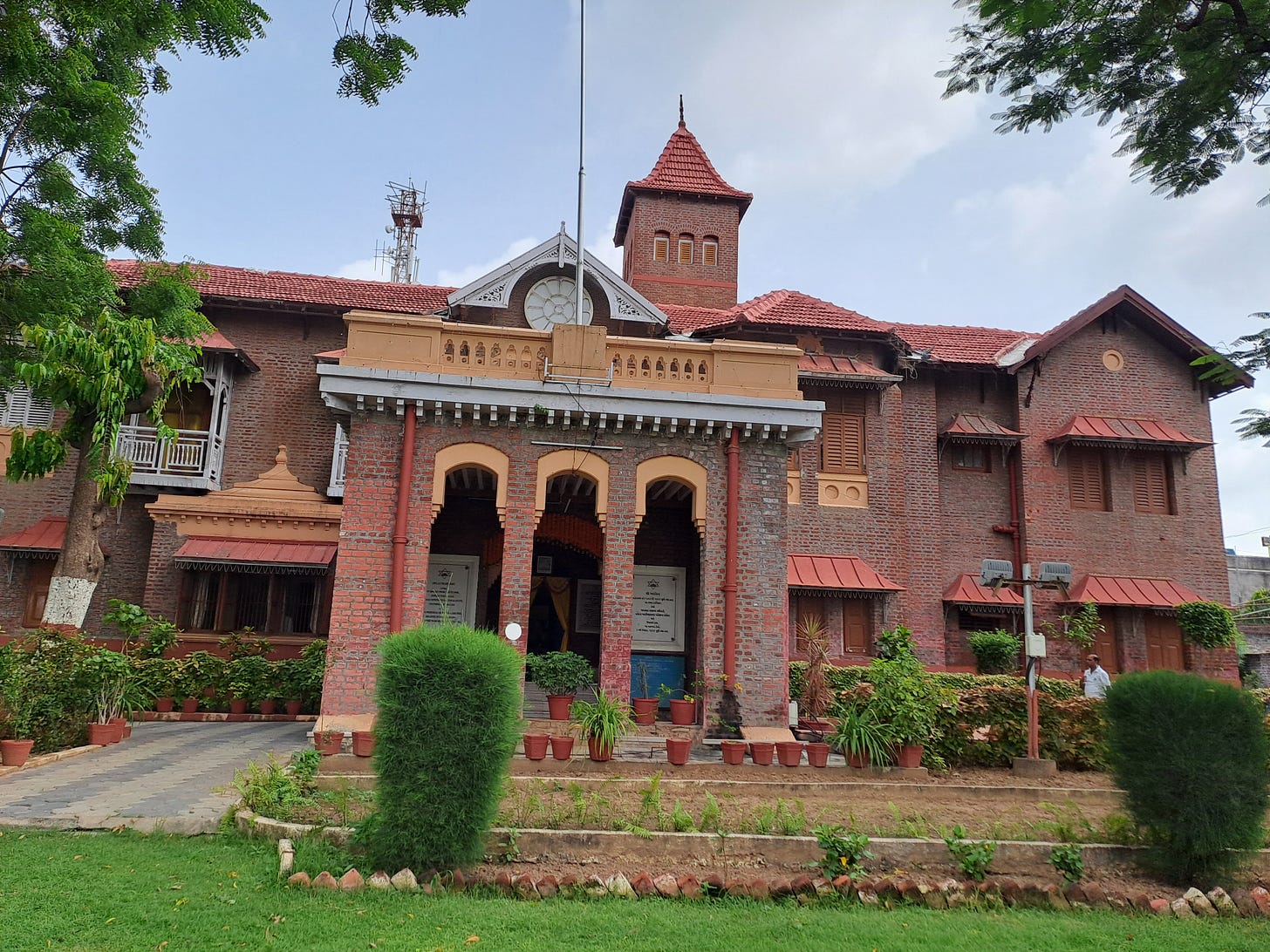
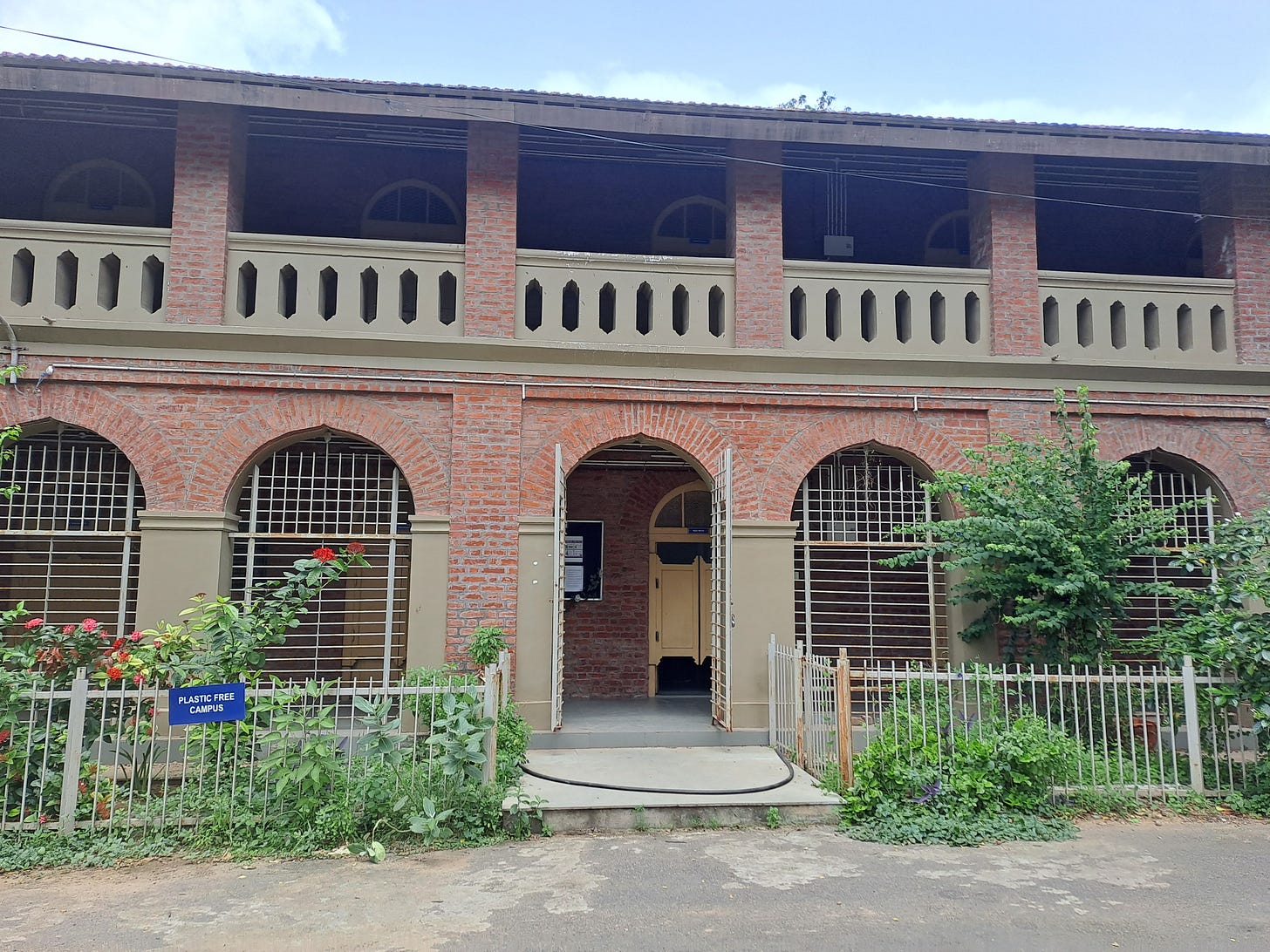
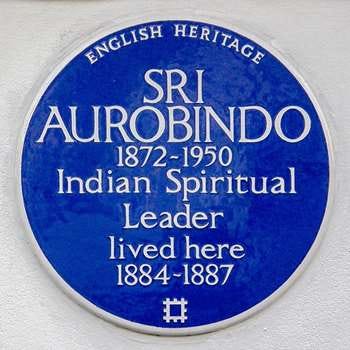
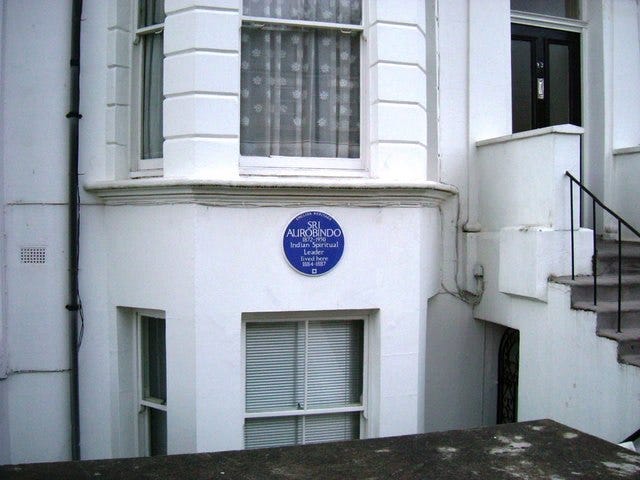
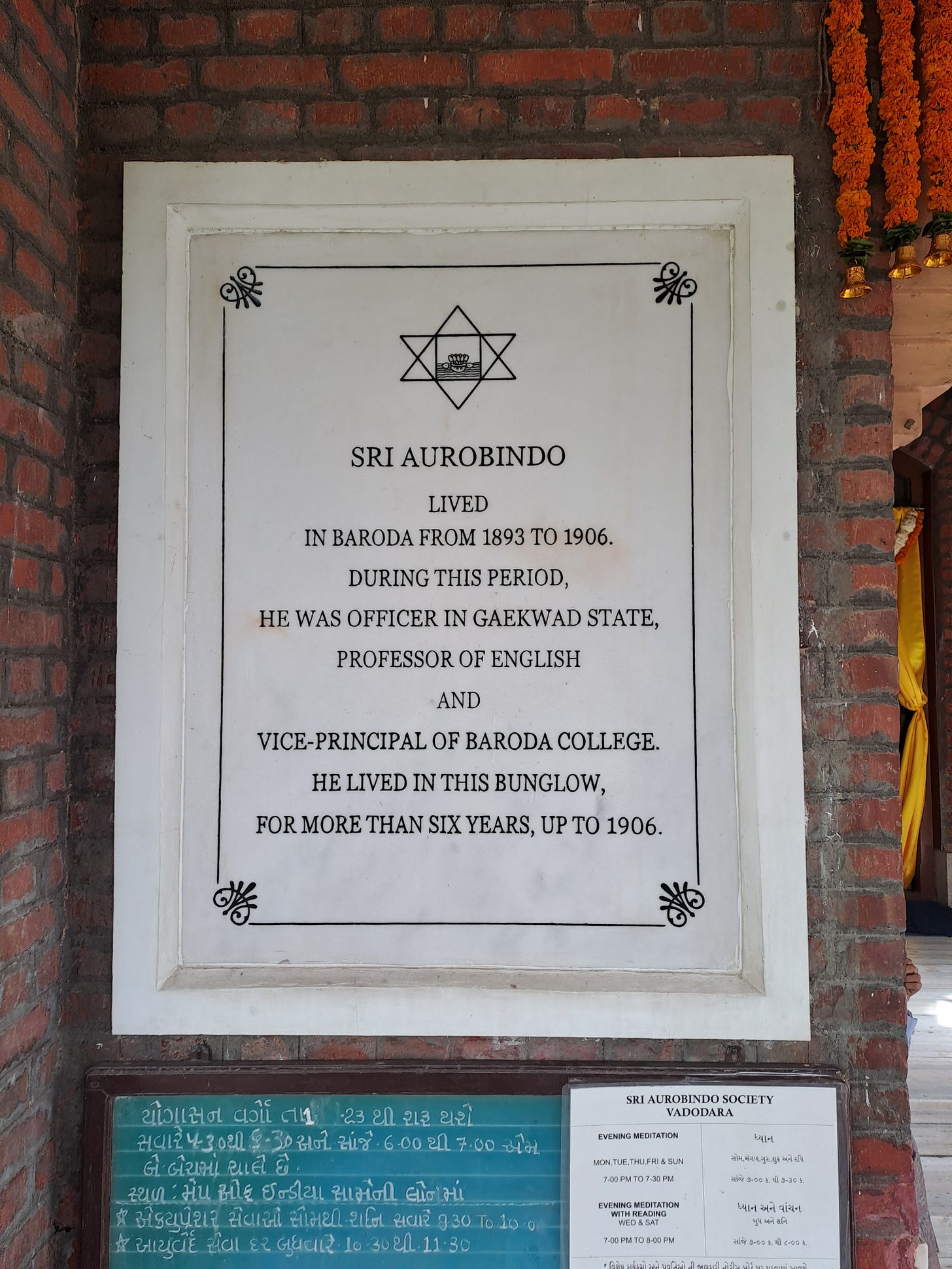
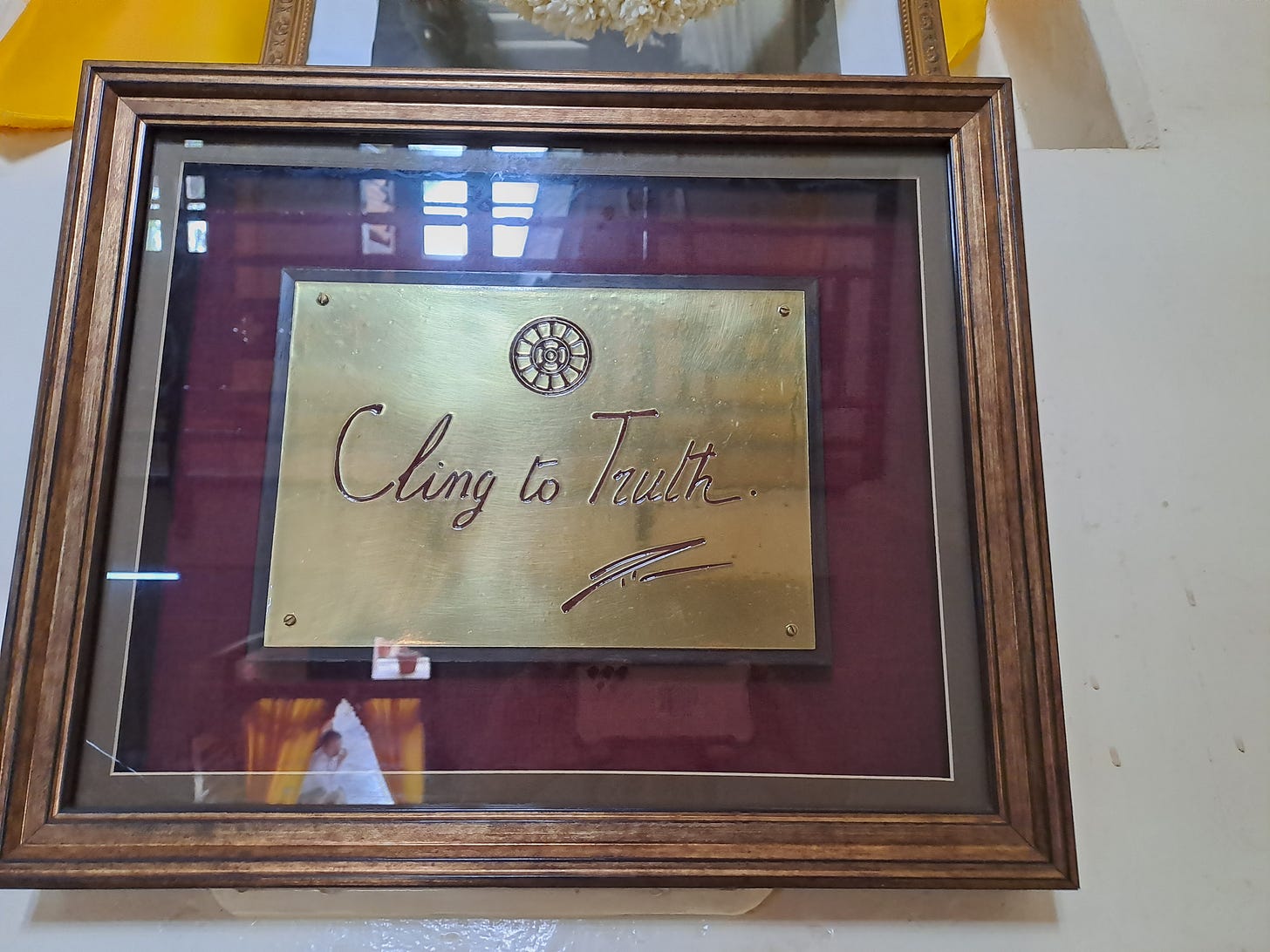
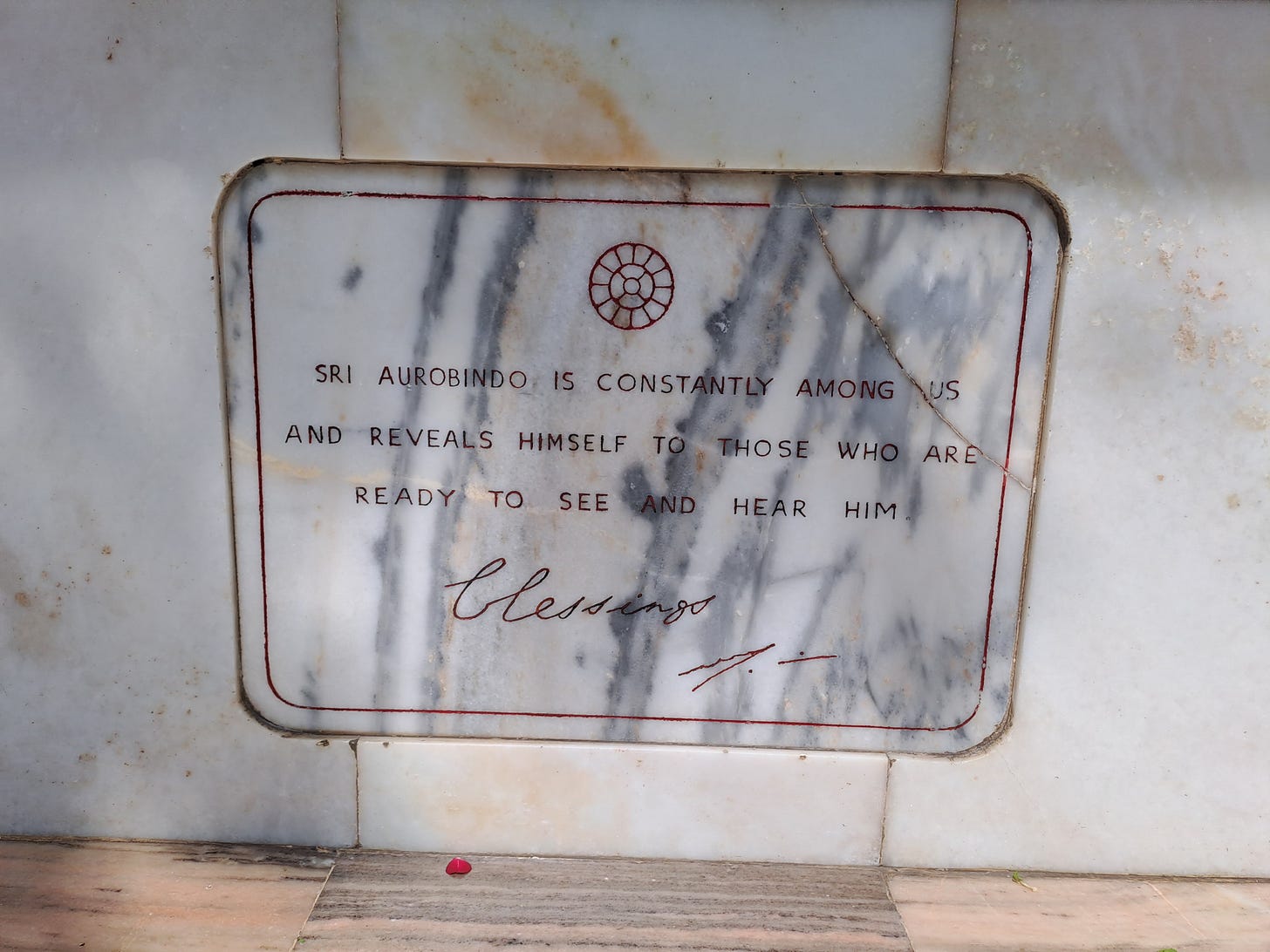
Your writings leave me with high feelings for the city. Thank you for rekindling the respect and love for the city. These articles are going to become testimonials. Want to read more and more. I suggest that these articles must be read by all Barodians.
Nice information about such a great spiritual leader and his journey through Baroda.I knew about his Aurbindo Niwas and remember visiting it once in childhood but rest of his academic and spiritual journey was a pleasure to read.Thanks for such great insights and little untold treasures of our small town Baroda.